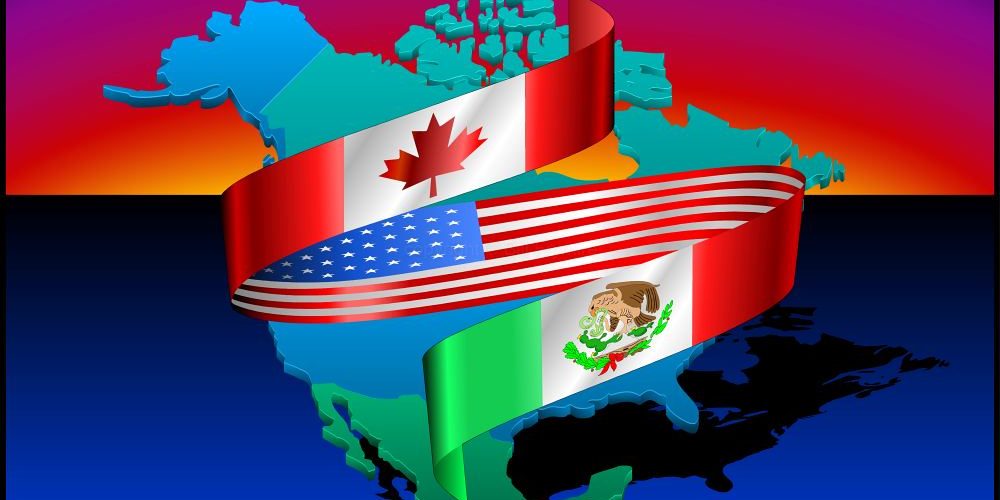Much noise has been made of the Trump administration’s “buy America” agenda. The noise on the Canadian side of the border is more of a whisper, but it is time we made our voices heard. It is time for transparency from the Canadian government on their negotiating agenda and strategy, and to ensure Canadian interests are advocated and represented.
Renegotiating NAFTA gives Canadians an opportunity to aggressively pursue an agenda that ensures that we protect Canadian jobs and public services. This is something the Mulroney government failed to do in the NAFTA negotiations in the early 90’s, and it is a legacy that Canadians have lived with for a generation.
“As the Canadian government moves forward with its agenda for entering into negotiations over the failed NAFTA agreement, it must keep Canadian workers at the top of its agenda” states IAM Canadian General Vice President Stan Pickthall. “Justin Trudeau and the Liberals campaigned on developing and maintaining a strong middle class, and now is the time to deliver.”
“NAFTA has undermined secure, well-paid employment and devastated manufacturing for Canadian workers as a whole, and particularly for Canadian IAM members. This was an enormous failure on the part of the Mulroney Conservatives, and one that Trudeau’s Liberals must correct.” Pickthall concluded.
Canadian workers in the manufacturing sector suffered dramatic job losses under both the Canada-US Free Trade Agreement, as well as the years that followed the 1993 signing of NAFTA. Plant closures were at record levels and many Canadian IAM manufacturing facilities fled south, both to the US and Mexico. In the years between 1988 and 1995, closures of manufacturing plants were estimated to be up to 19%. The machinery sector, where many of our members work, was even more severely impacted, with job losses due to free trade of 30%.
By the end of the 20th Century, manufacturing employment was 6% below its 1989 level and unemployment in Canada soared to 9.6%, compared to US rate of 5.8%. “Clearly, Canadian jobs were on the chopping block with both of these trade agreements,” said Pickthall. “Canadian workers are among the most skilled workers in the world, and it is now up to the Liberal Government to protect their right to utilize those skills and make a decent living.”
Canadian negotiators have a challenging agenda ahead of them and there are many priorities. Here are the priorities that the IAM in Canada has been pressing the government to pursue:
- Protect jobs for Canadian workers. This means real family-supporting jobs with marketable skills, rather than the minimum wage service and restaurant jobs that many Canadians are trapped in.
- Ensure that Labour laws are enforced in all three countries, in order to ensure a truly level playing field. This must include recognizing the rights of workers to organize and access to collective bargaining without fear of intimidation or reprisals from employers.
- Eliminate the Chapter 11 Investor-State Dispute Settlement provisions that allow Corporations to sue a government. Canada is the most-sued government under Chapter 11 and taxpayers are footing that bill.
- Protect Canadian resources, like oil and water. Water should be removed as a “good” under NAFTA; currently, if water is sold to a corporation for commercial usage, then that corporation has the right to continue buying that water – even where Canadians have limited access to the same resource.
- We need an agreement that will be a job creator. We must negotiate an agreement that does not lower wages and benefits. Be willing to build transparency, democracy and fairness with strong labour standards with social safeguards.
- We need to protect intellectual property while ensuring the right to affordable medicines. We must make provisions to protect workers whose living is tied to international copyright protection, while ensuring to combat patent, pricing or data protection rules which undermine affordable medicines.



